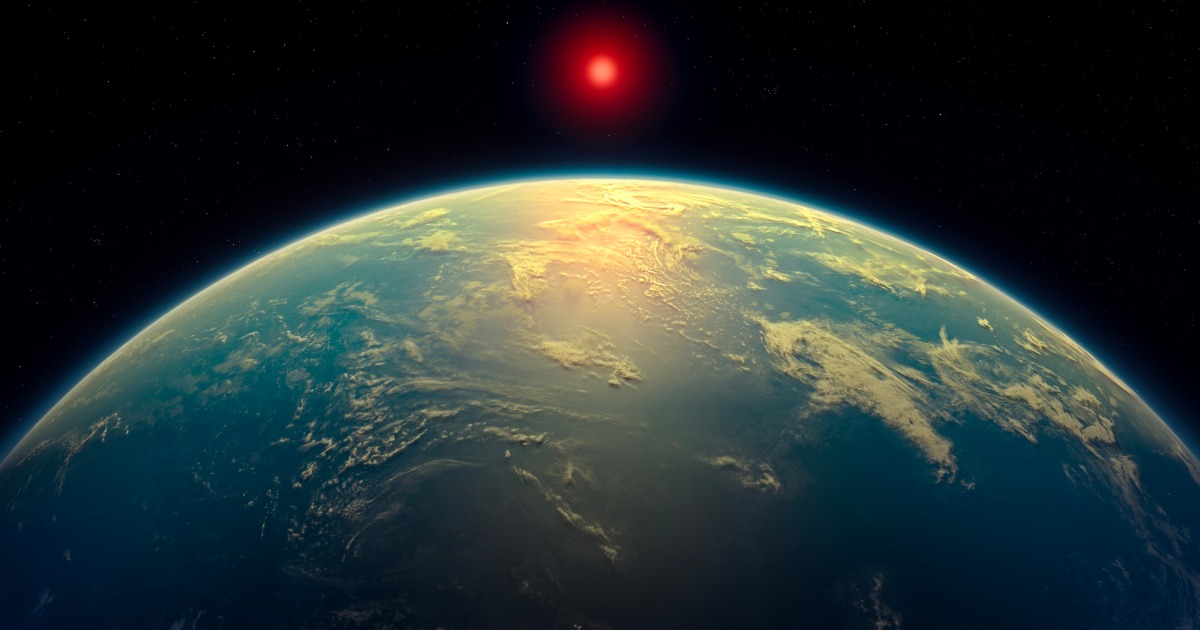
Saturn V Rocket
The Saturn V Rocket is a multi-stage liquid-fueled launch vehicle that was used by NASA between 1967 and 1973. It was designed to carry humans to the Moon as part of the Apollo program and remains the only launch vehicle to have carried humans beyond low Earth orbit. The Saturn V Rocket was 363 feet tall and had a maximum diameter of 33 feet. It consisted of three stages, with the first stage being powered by five F-1 engines that generated a combined thrust of 7.5 million pounds. The second stage was powered by five J-2 engines, while the third stage was powered by a single J-2 engine. The Saturn V Rocket was responsible for launching all of the Apollo missions to the Moon, including the historic Apollo 11 mission that first landed humans on the lunar surface.
Your Previous Searches
Random Picks
- Satellite Design: Satellite design is the process of creating a spacecraft that is intended to be placed into orbit around the Earth or other celestial bodies. It involves the selection of appropriate materials, components, and subsystems that can withstand ... Read More >>
- Flight Controllers: Flight controllers are personnel who are responsible for monitoring and controlling spacecraft and aircraft during launch, orbital operations, and re-entry. They work in mission control centers and use telemetry data to monitor the health a ... Read More >>
- Spectral Types: In space and astronautical engineering, spectral types refer to the classification of stars based on their spectral characteristics. This classification is based on the presence of certain absorption lines in the star's spectrum, which are ... Read More >>
Top News

This week on "Sunday Morning" (April 20)...
A look at the features for this week's broadcast of the Emmy-winning program, hosted by Jane Pauley....
News Source: CBS News on 2025-04-17

Scientists detect strongest hints yet of life on a distant planet...
Scientists have detected unique chemical patterns similar to those produced by the Earth's algae and seaweed — raising the possibility of the presence of a warm ocean, perhaps teeming with life, on ...
News Source: NBC News on 2025-04-17

Is there life on another planet? Scientists find the strongest evidence yet...
Near a planet far, far away astronomers have found traces of chemicals that on Earth are only produced by living beings....
News Source: Al Jazeera English on 2025-04-17

Scientists find strongest evidence yet of life on an alien planet | CNN...
In a potential landmark discovery, scientists using the James Webb Space Telescope have obtained what they call the strongest signs yet of possible life beyond our solar system, detecting in an alien ...
News Source: CNN on 2025-04-17
Katy Perry's trip to space wasn't inspirational. It was tone-deaf marketing....
Katy Perry indulged in a space tourism trip Monday, courtesy of Jeff Bezos' company. It's the latest in a long line of missteps for the singer....
News Source: Business Insider on 2025-04-14